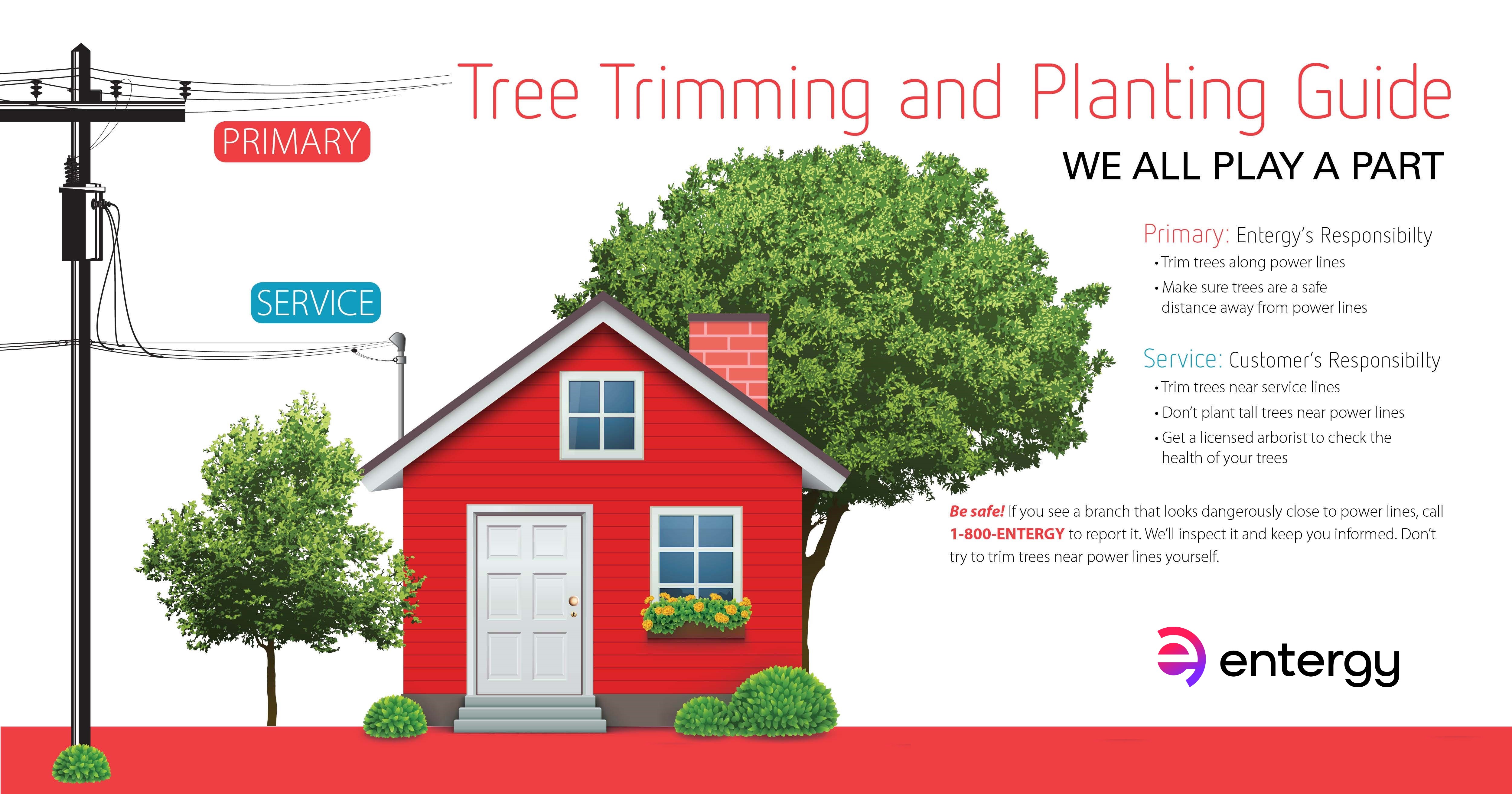Indications It's Time For Tree Removal: Exactly How To Determine Dangerous Trees
Indications It's Time For Tree Removal: Exactly How To Determine Dangerous Trees
Blog Article
Post Produced By- Tree Trimming Accident Face
When it involves tree care, acknowledging the indicators that it's time for elimination is essential for your security and residential property. You may observe blemished fallen leaves, wilting branches, or weird fungal developments indicating health problems. Architectural concerns, like a substantial lean or cracks in the trunk, can also posture threats. Comprehending these warning signs can assist you make notified choices concerning your trees and prevent possible threats lurking in your backyard. What should you try to find following?
Signs of Degeneration and Illness
When you observe signs of decay and condition in your trees, it's vital to act rapidly. Try to find stained leaves, wilting branches, or uncommon developments like fungus. These can suggest that your tree is having a hard time.
If you see splits in the bark or soft, mushy timber, these signs suggest internal decay. Furthermore, a sudden increase in parasites around your tree can indicate that it's damaged and vulnerable.
Check for any dead or passing away limbs, as they position a risk to your residential or commercial property and safety. If you're uncertain concerning what you see, speaking with an arborist can provide quality.
Dealing with these indicators early can save you from a lot more comprehensive damages and ensure the wellness of your lawn. Do not wait until it's too late.
Structural Instability and Leaning
As you observe your trees, keep an eye out for any signs of structural instability or leaning. If a tree leans considerably, it may indicate that the root system is jeopardized.
Try to find any splits in the trunk or dirt around the base; these can indicate prospective failing. Additionally, check for unusual development patterns, like a lopsided crown, which may suggest that the tree is battling to hold itself upright.
If https://www.bobvila.com/slideshow/the-dos-and-don-ts-of-planting-ground-cover-52881 discover that the tree leans toward your home, power lines, or other structures, it poses a better threat. Don't ignore these signs-- get in touch with an arborist to assess the situation.
Acting early can avoid expensive damages and guarantee your security.
Dead or Dying Branches and Foliage
If you observe dead or dying branches and vegetation on your tree, it's a clear indication that something's incorrect.
These unhealthy areas can show underlying problems like disease, bug invasions, or ecological anxiety. When branches lose their fallen leaves or turn brown, they're no longer adding to the tree's wellness. Neglecting these indicators could result in further decrease, making your tree more dangerous.
Dead branches can easily break off during storms, posturing a danger to residential or commercial property and individuals nearby. It's important to examine the degree of the damages.
If the problem affects a significant part of the tree, think about getting in touch with a specialist. They can help determine if elimination is necessary to make sure safety and preserve the beauty of your landscape.
Final thought
If you discover any type of signs of degeneration, structural instability, or dead branches on your trees, do not disregard them. These indicators can position serious safety and security threats to you and your home. It's always best to consult a professional arborist that can provide a professional assessment of your trees. Doing something about it early can avoid accidents and expensive damage, guaranteeing your landscape stays safe and healthy and balanced. Keep in mind, it's much better to be proactive concerning tree treatment than to wait for a calamity to take place.
